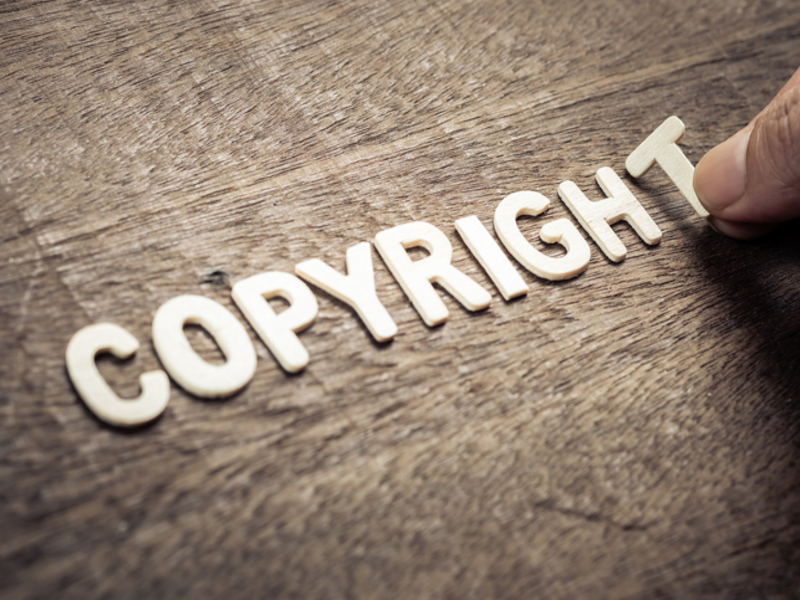
Intellectual property laws, including those governing copyright, are designed to protect the rights of creators and encourage innovation. However, these laws can also limit the ability of artists, educators, and other creators to use and build upon existing works. This is where the fair use doctrine comes in.

What is Fair Use?
Fair use is a legal doctrine that allows for the limited use of copyrighted material without the permission of the copyright owner. The doctrine is intended to balance the interests of copyright holders with the public interest in free expression and the advancement of knowledge and culture.
The fair use doctrine is not a set of hard and fast rules, but rather a balancing test that considers several factors, including:
- The purpose and character of the use, including whether it is for commercial or nonprofit educational purposes
- The nature of the copyrighted work
- The amount and substantiality of the portion used in relation to the copyrighted work as a whole
- The effect of the use on the potential market for or value of the copyrighted work
The Impact of Fair Use on Creative Expression
One of the primary benefits of fair use is that it allows for the creative reuse of existing works. This can take many forms, from parody and criticism to commentary and education. Fair use can also enable the creation of new works that build upon existing ones, such as mashups and remixes.
Without fair use, many forms of creative expression would be severely limited. For example, artists would be unable to use existing works as source material for their own creations, and educators would be unable to include copyrighted material in their lessons without seeking permission from the copyright owner.
The Impact of Fair Use on Innovation
Fair use can also have a significant impact on innovation. By allowing for the reuse and adaptation of existing works, fair use can enable the creation of new technologies and products. For example, the development of search engines and text mining tools relies heavily on the ability to access and use large amounts of copyrighted material.
In some cases, fair use can also enable the creation of new markets and business models. For example, the growth of the fan fiction industry is in large part due to the ability of creators to use existing works as source material for their own creations.
The fair use doctrine is a crucial component of intellectual property law, and has had a significant impact on both creative expression and innovation. By enabling the reuse and adaptation of existing works, fair use has allowed for the creation of new art, technology, and business models that might not have been possible otherwise.
However, fair use is not a license to use copyrighted material without restriction. Creators and educators must carefully consider the factors that determine fair use, and be prepared to defend their use of copyrighted material in court if necessary.










